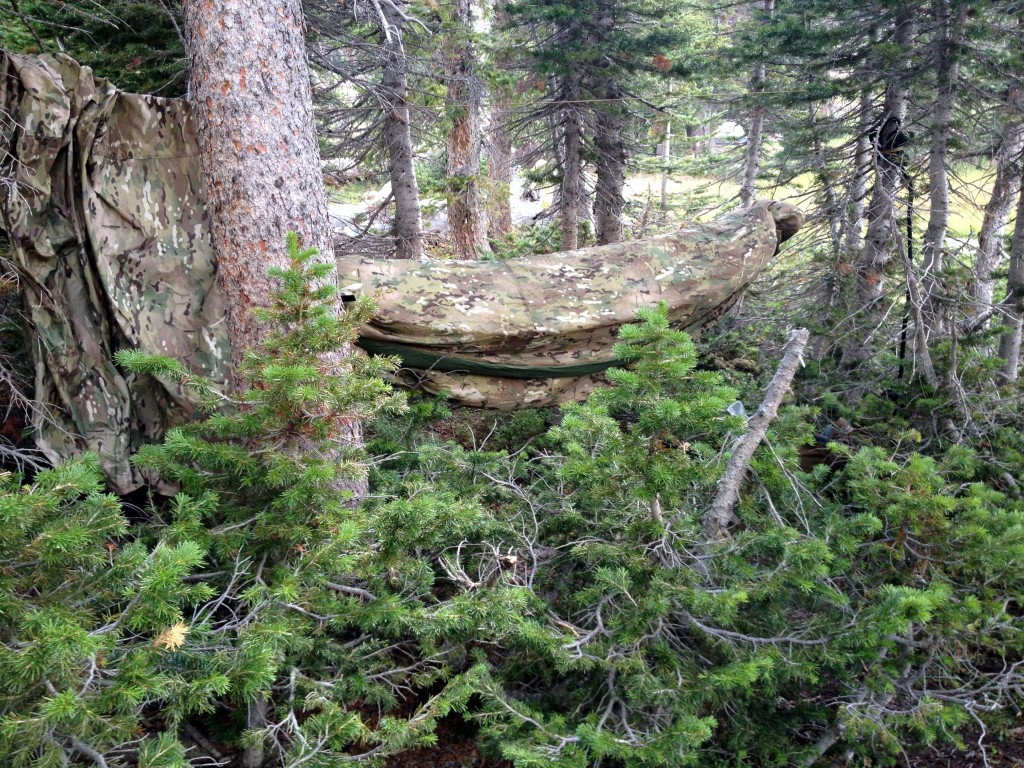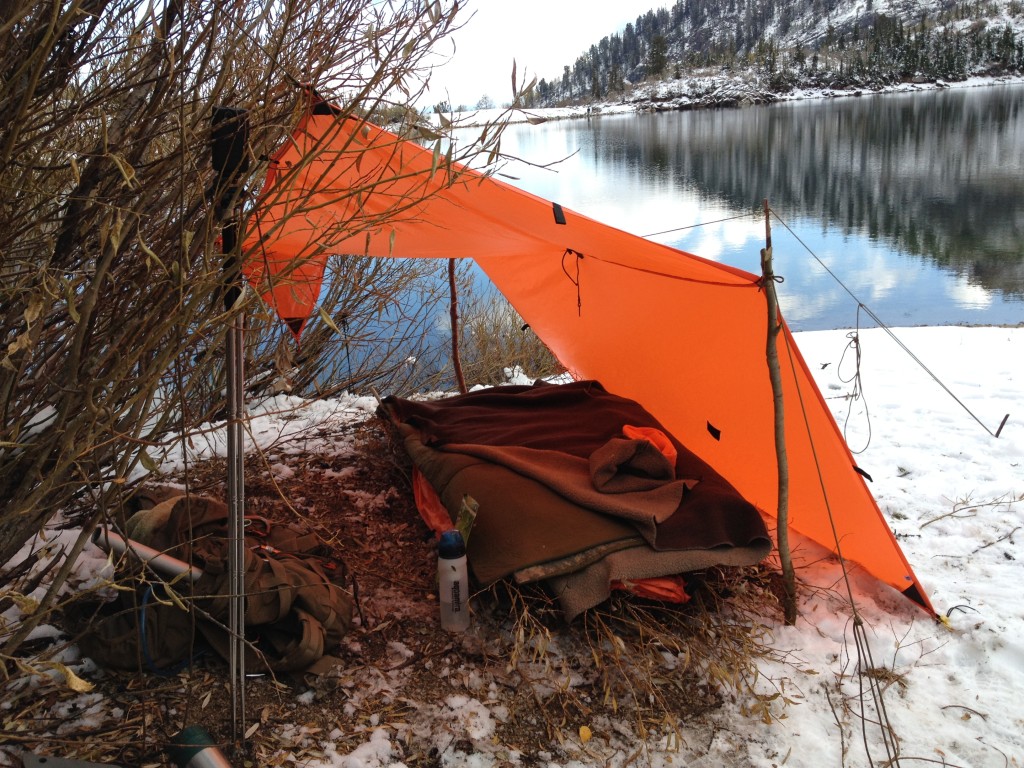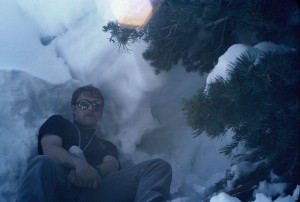I am often asked this question, “What is the Comfort Range?” This in reference to our nice fleece Poncho Liner or our cozy Survival Blanket. I generally just give my experience in how and where I have used these items and how I fared. As time goes by I realize that I’m always stating a fairly wide span of temperatures as the comfort range, which is not really a comfort range at all as most people want to know, “how cold can I use this?” Even for myself, when I’m talking about it, I realize that my low range for comfort can vary widely, there are reasons for this, which I’ll discuss today.
Who came up with this temperature comfort level?
A question as common as the number of people using sleeping gear, everyone wonders how in the world that sleeping bag is a 20° F bag, “I was freezing at 35°?” The answer has a couple of directions to it, one of those is that manufacturers of gear typically want to show the maximums of their product as it gives a higher perceived value, so in this case the stated cold temperature rating might be really pushing the limits of reality. The other direction this discussion takes us is comfort, which to be honest is not any kind of fixed number that we can pin things down to. Every person has different levels of cold tolerance from another person, and to take it a bit further our own comfort level can vary widely. In the end it is very difficult to say with any kind of certainty what a product’s cold comfort level really is. All we can do is use it as a reference.
I find that when a cold spell starts and I go out in it, my tolerance for the cold is low, however once I’m out in it a while, I don’t notice the cold as much, and in the case of winter, as the season wears on, cold can become less and less of an issue.
Other things affecting comfort range that may have nothing to do with your sleeping bag or blanket
- Humidity
- Wind
- A persons wellness
- A persons current typical cold tolerance level
- Under padding both insulation and cushioning
- Ground conditions
- Level ground
- Protrusions, rocks, sticks. lumps, etc.
- Temperature of the ground
- Moisture level, how dry or wet the ground is
- In hammock sleeping
- how well the hammock is hung
- how well suited a particular hammock is to you
- surrounding environment, since in a hammock you can be very exposed
- Air temperature
- Wind
- Weather
How do all the above listed items impact the comfort rating of a sleeping bag or blanket?
The answer to that question in a way is quite simple, if you are not sleeping, you are not comfortable. Now the lack of comfort may at times be blamed on an inadequate sleeping bag or blanket, when in reality the ground you are laying on has a couple small bumps that are just irritating enough to prevent good sleep. I find that if I’m laying there and anything is bothering me, I’m just killing time while trying to go to sleep, I notice every other bothersome thing, i.e. my feet feel cold, there’s a draft, maybe if I lay on my side, all these fidgety things just multiply. Many times in the very same temperatures, I sleep like a log, why? I took the time to prepare the foundation for my sleep. I either brought along a nice sleeping pad, or in the remote woods, I made a nice thick bed of boughs to lay on. Also a persistent wind can sometimes play havoc with sleep if it can get at me, often just a lean-to wall, or a tarp laid over top of me is all that’s needed to offset that wind and allow me a sound sleep.
As a rule of thumb I have found that when I first lay down, if there is anything that I’m noticing as bothersome, if I don’t get up and fix it, I’ll have a fitful sleep. Some of my best sleeps have been on the ground on a thick layer of pine boughs, even with a bag or blanket that is actually lacking a bit. If I lie down and it’s all cozy, I can drift right off to sleep. When in my hammock made out of my poncho, if I’ve hung it properly, I can leave the fleece liner snapped in and just a little blanket over me and be cozy at 30°, at other times if I don’t do things right 50° might be the limit. A hammock sometimes needs a tarp for wind protection as well, this can often make a huge difference in comfort level.
The best course of action for a great nights sleep is to find out what you require individually for a great nights rest, and then prepare things to allow that. For me, one of the things I have to address is my feet, they get cold easily, even at home sometimes. If I have a fresh thick pair of socks for sleeping in, or some insulated booties, or even a sweatshirt wrapped around them, I’m good. Usually for me if my feet are good, so am I. Figure out what your most limiting factors to a good sleep are and address them, that’s how to ensure a great nights sleep most every time.
Until next time, this is Perry Peacock, “Simplifying Survival”



